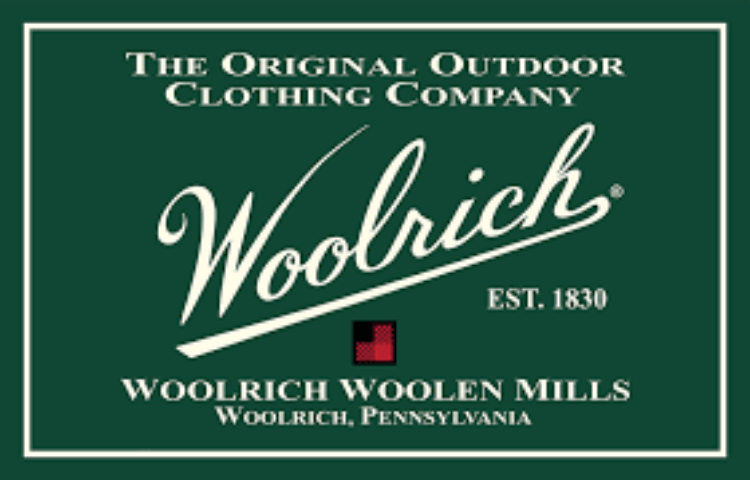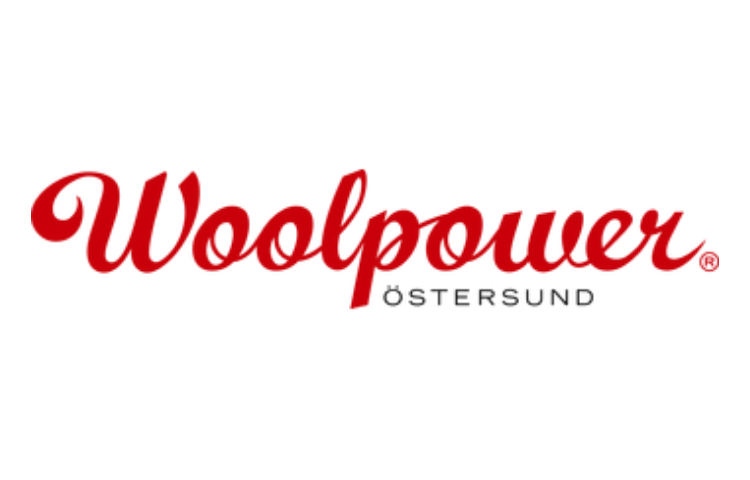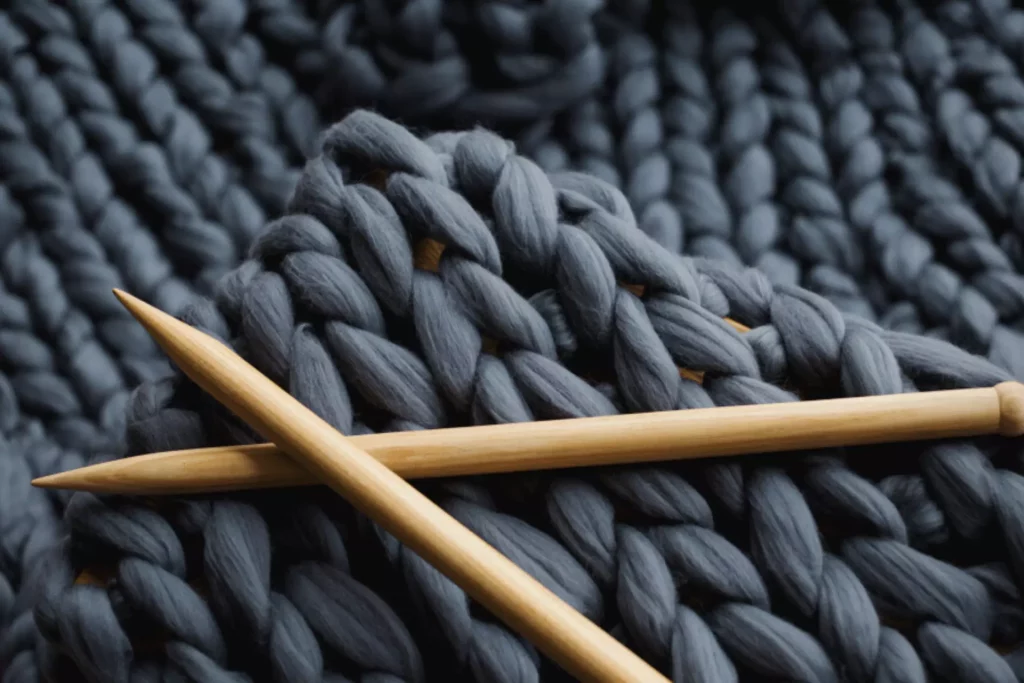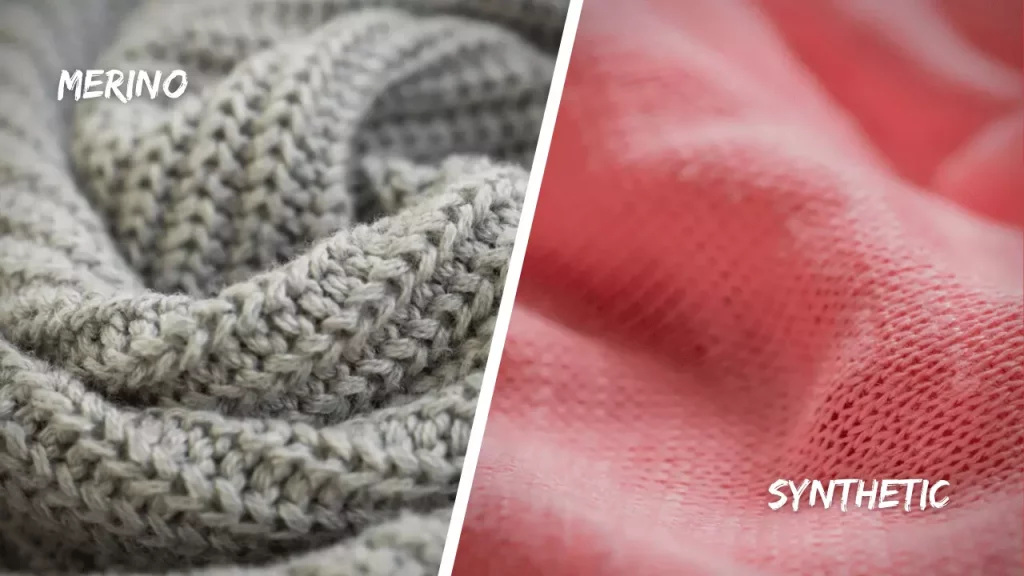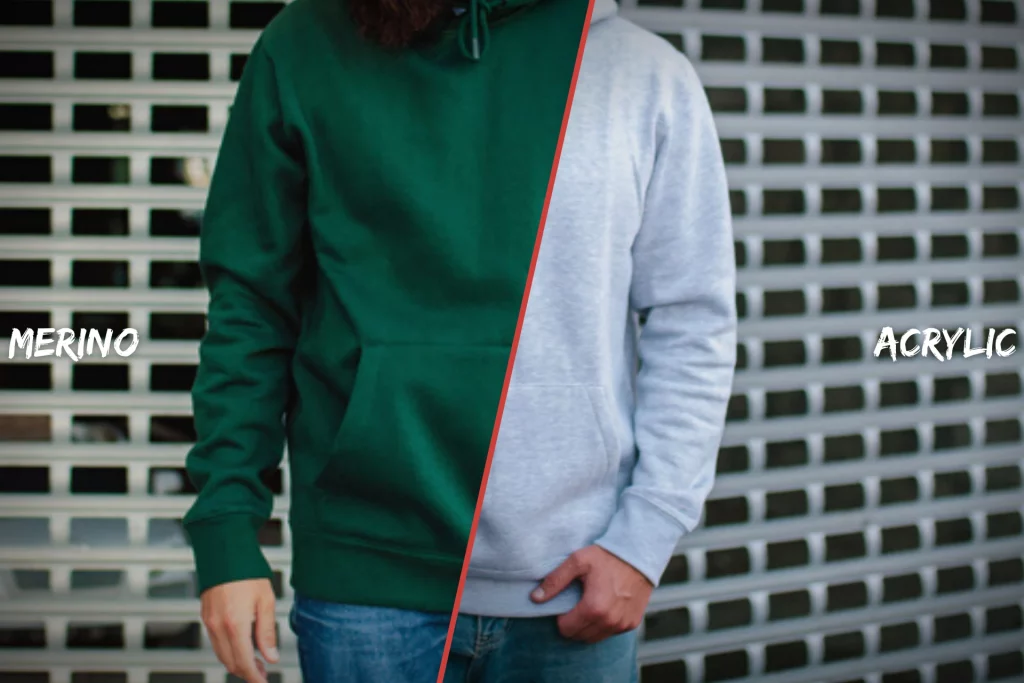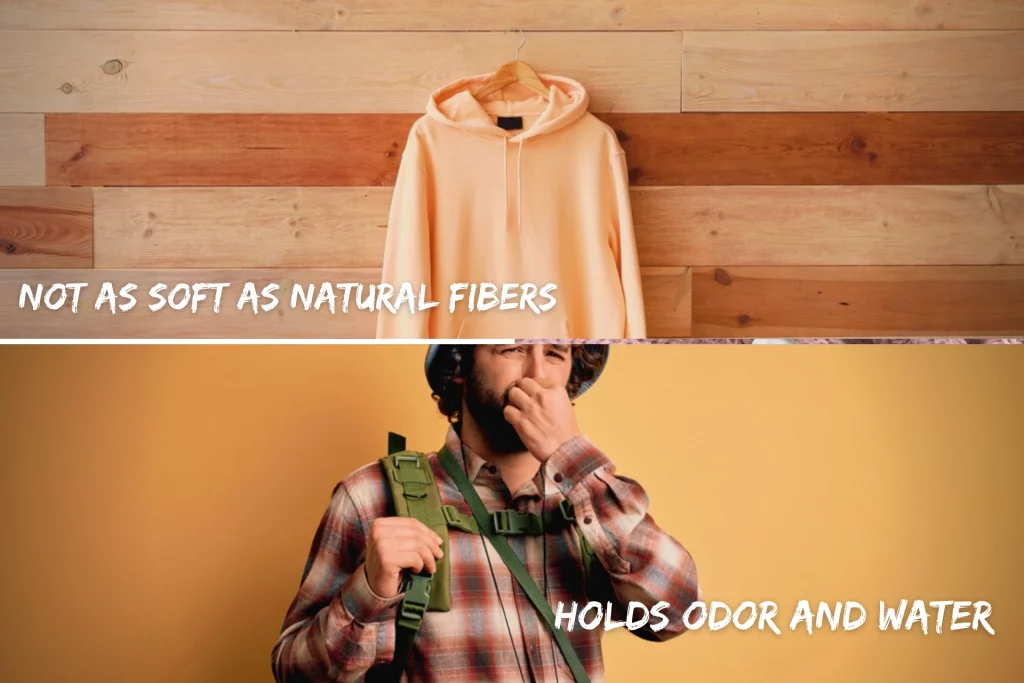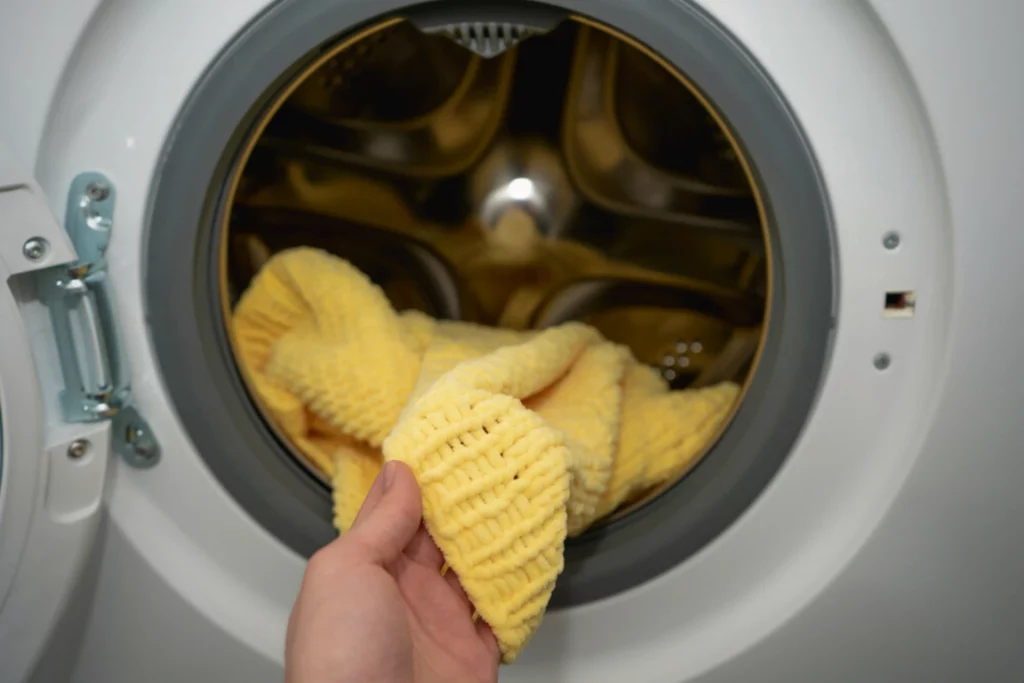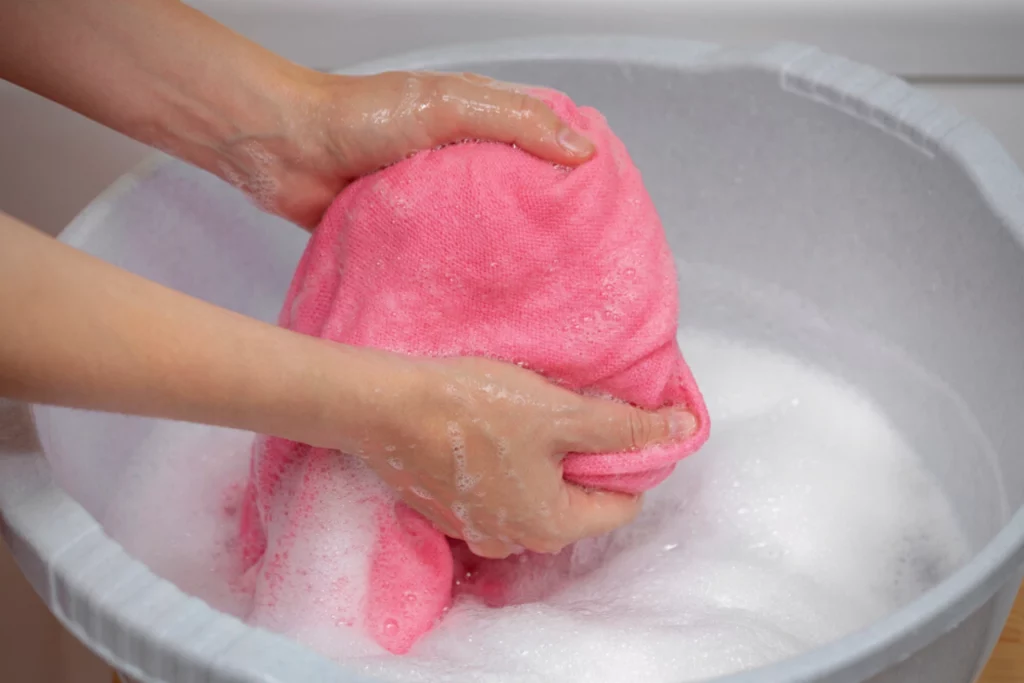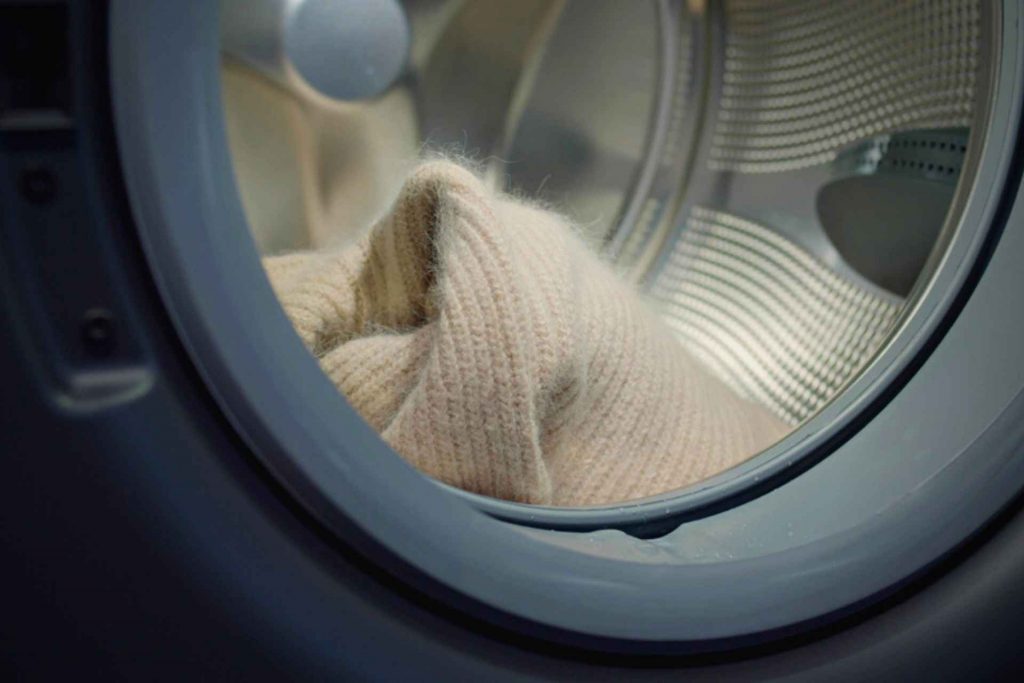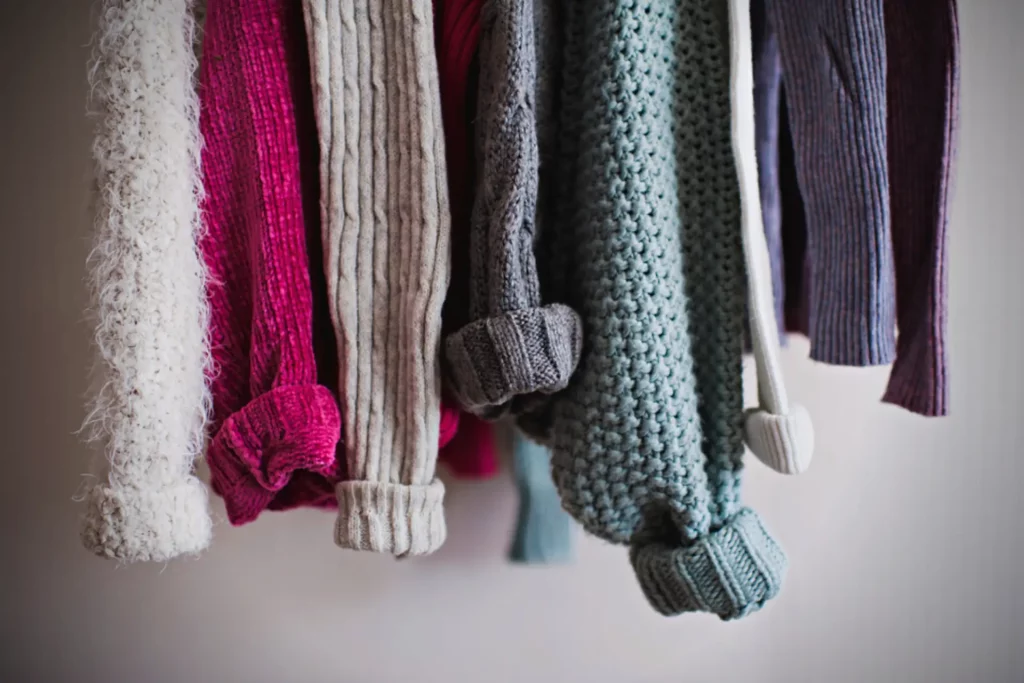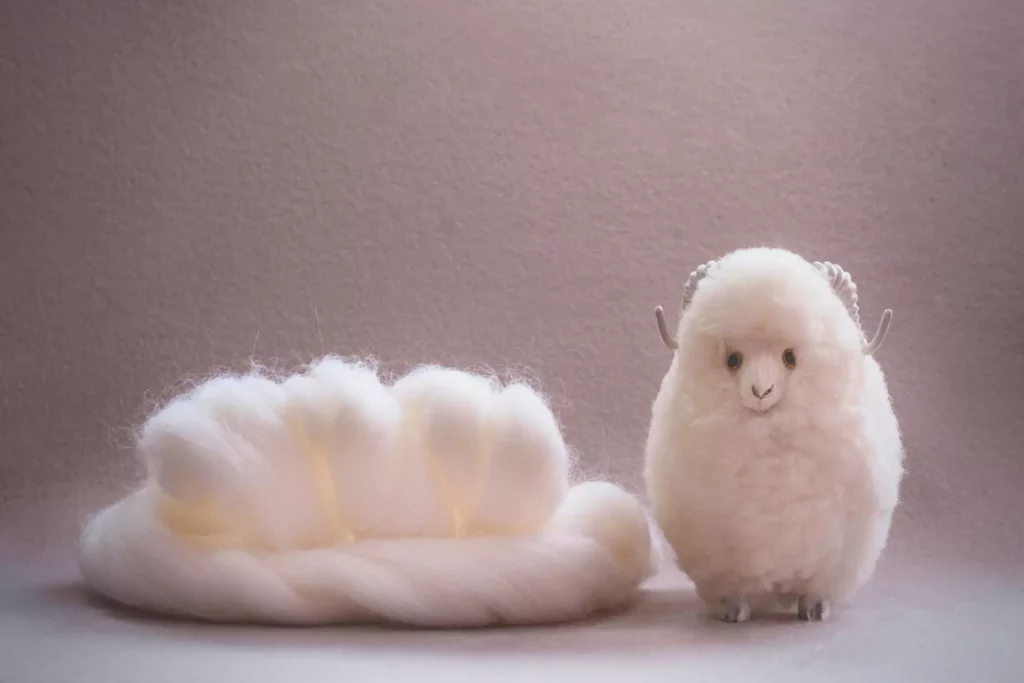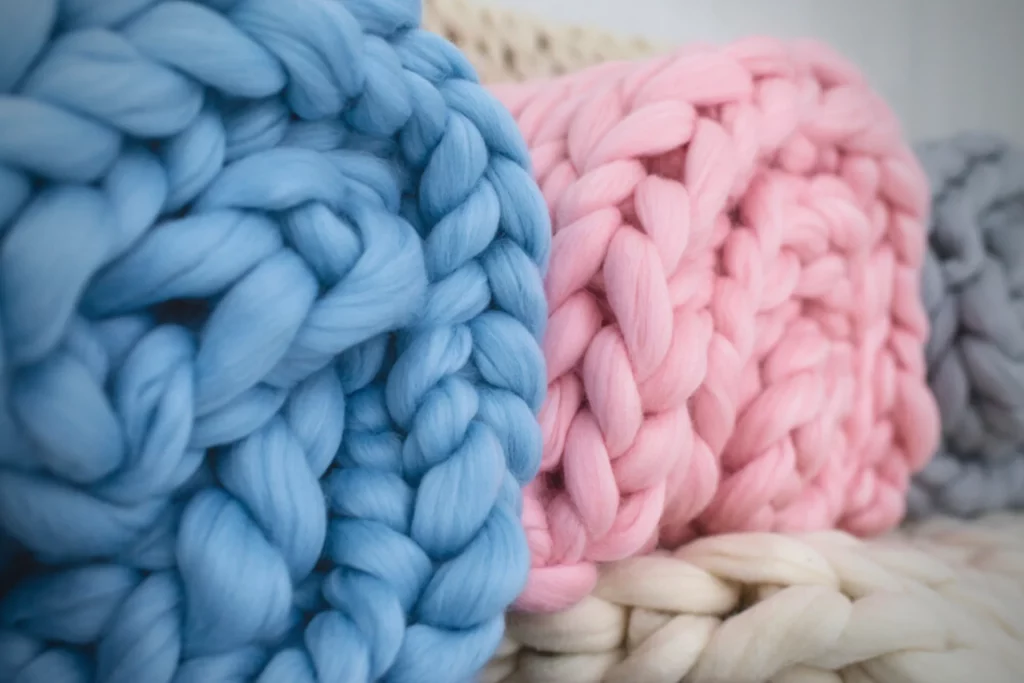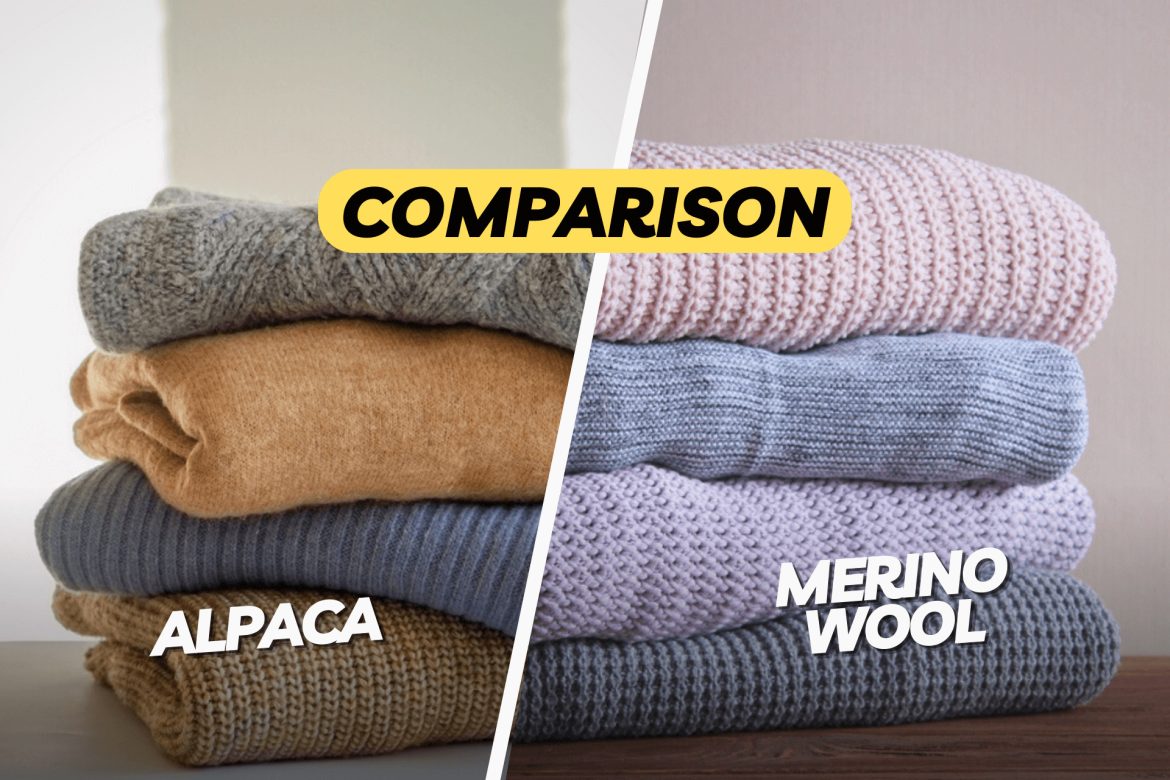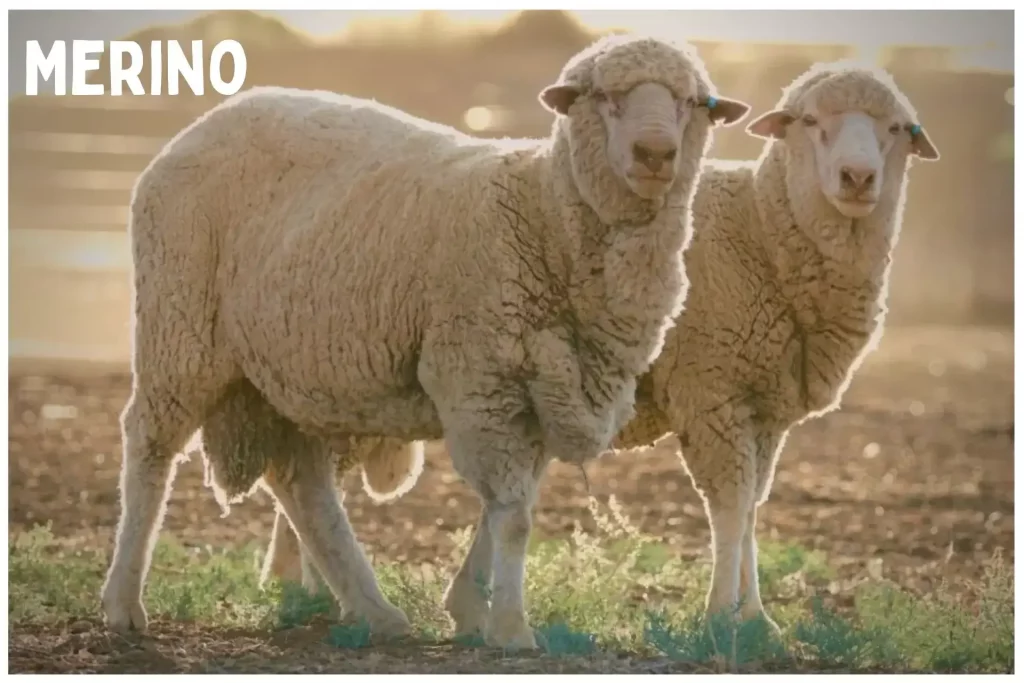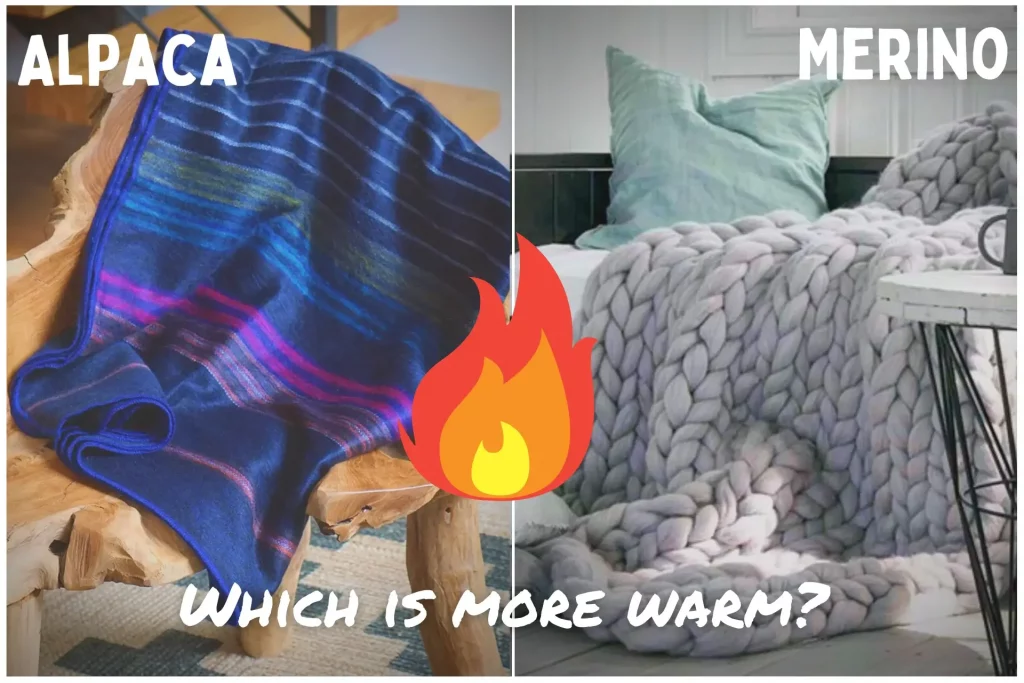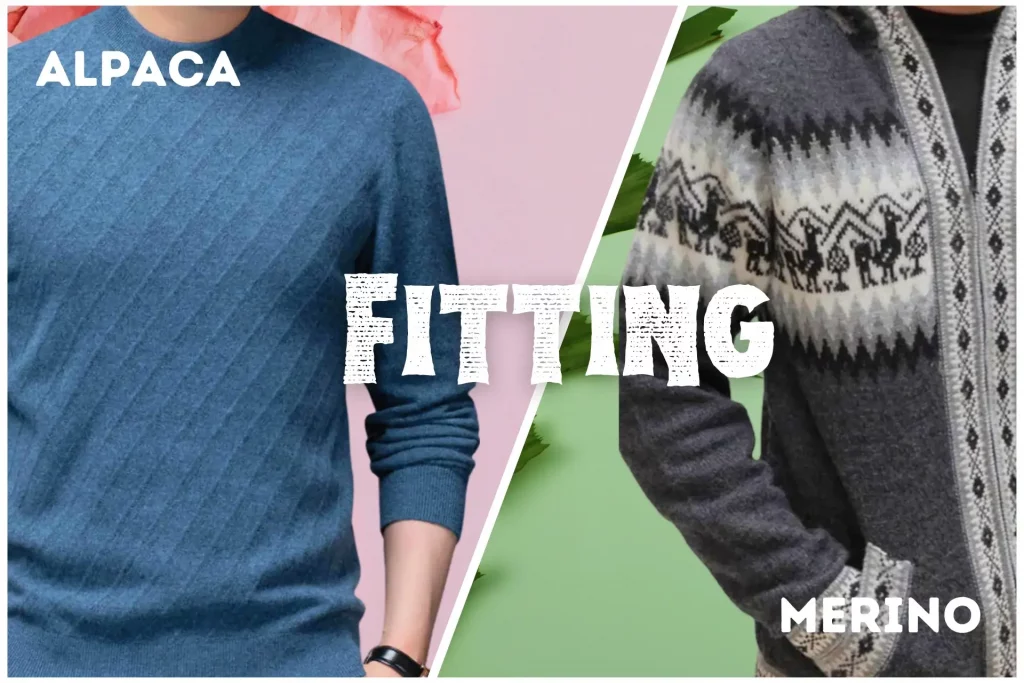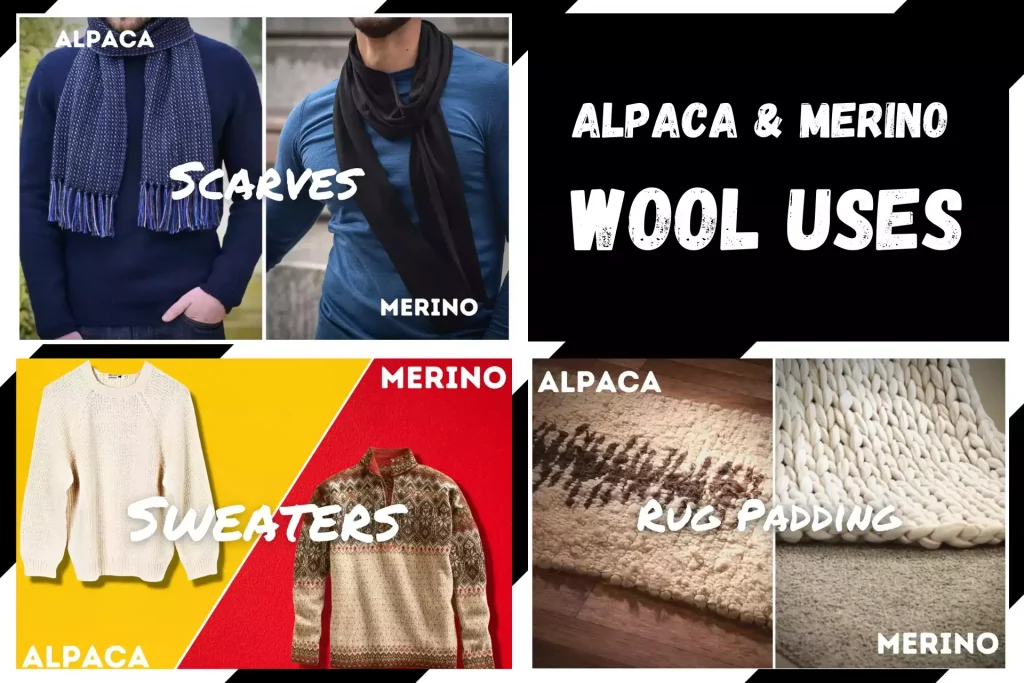If you think of wool, you probably think of the thick, longshoreman-inspired sweaters your grandfather used to wear. On the other hand, Wool is an almost miraculous fabric in its properties. In the recent decade, Merino wool, in particular, has risen to become a crucial technological material in the travel and outdoor wear sectors, particularly in the United States.
It’s soft, malleable, and quick-drying, so it’s great for layering. It also retains its warmth even when wet. Shortly said, it should be your go-to cloth for any outdoor excursions you may be planning. Choosing various materials for outdoor gear may be a difficult task.
For those searching for something that will keep them warm and comfortable in any weather, though, merino wool is the way to go. Given the large number of brands that manufacture merino wool items, we’ve compiled a list of the best of the best. Take a look at it!
In what part of the world does Merino wool come from?
Merino wool is derived from Merino sheep, which are rare globally. In the eleventh century, this breed of sheep developed in Spain and was first introduced to Australia in 1797 by Captain James Cook. Most merino wool produced now originates from animals in Australia and New Zealand.
What is the difference between Merino and other types of wool?
Since merino wool originates from a unique breed of sheep, it is distinct from other types of wool. The characteristics of merino wool are similar to those of other varieties of wool: it is moisture-wicking, airy, and adaptable to varied climates.
Wool, in general, is both warm and water-resistant, regardless of the kind. However, not all wool is created equal. Melton wool is great for a thick, hefty peacoat, but it would make a dreadful t-shirt because of its sheer weight.
Wool fibers from merino sheep make excellent shirts because they are significantly finer than “ordinary” wool. The finer fibers are spun into yarn then woven into a fabric roll for clothing. The finished fabric, made of merino wool, would be lightweight and smoother than other types of wool.
Best Merino Wool Clothing Brands:
In the market for a new wool sweater, you may be unsure of where to begin your search. Here are some suggestions. With so many different brands and varieties of wool available, it might be difficult to choose which one is the best fit for you.
Because of its softness and resilience, merino wool is a popular option for clothing. Here are some of the greatest merino wool brands available on the market today.
1. Woolly
Woolly was founded by a trio of outdoor enthusiasts as an athletic brand but has now evolved to include many other products. Woolly set out to make merino inexpensive to aid in the phase-out of synthetic fibers to save the environment while still offering high-quality items to customers.
Woolly highlights the point that their items may be worn in various ways. They have clothes you may wear to a business meeting and garments you can wear while running.
This is one of just a few businesses that sell merino loungewear means that if you want the coziness of sweatpants without the sweat, Woolly is a great option.
- Suggested Users: Men, Woman
- Founded in: Seattle, USA
- Product Collection: Many Products to choose from
2. Duckworth
With headquarters in Montana, Duckworth claims to be the world’s only manufacturer of single-origin merino wool garments and accessories.
That means they exclusively purchase merino from a single ranch in the highlands of Montana, which they also own and run themselves.
Duckworth is in charge of where the wool travels since they handle the source of the wool. Their policy is to grade all wool and use only the highest-quality batches for their apparel, with lower-quality merino being used for other applications. As a consequence, very soft, high-quality merino apparel is produced.
Duckworth’s goods are arranged by weight, which refers to the thickness of the material used in the product design. They have six distinct collections with differing weights, giving you a plethora of alternatives to choose from, and you are certain to find the right fit for you in one of their collections.
- Suggested Users: Men, Woman
- Founded in: Bozeman, Montana, USA
- Product Collection: Socks, Shirts, bottoms, jackets, and more
3. Ridge Merino
Ridge Merino offers a broad choice of clothing alternatives at pricing comparable to synthetic fiber clothing. Ridge Merino is a great option if you seek merino gear but don’t want to spend much money.
They feature a very outstanding selection of underlayers, including long underwear and lightweight sweatshirts for layering purposes.
Ridge purchases merino wool directly from the source to give more affordable merino items without sacrificing quality.
They also make certain that their wool is acquired sustainably, and they make monthly donations to environmental charitable organizations.
Ridge manufactures goods built to withstand the harshest alpine climates on the planet, including those in the Himalayas.
Ridge creates clothing that is both tough and versatile for use in the outdoors and when exercising. Ridge also develops clothing for men and women.
- Suggested Users: Men, Woman
- Founded in: Mammoth Lakes, California, USA
- Product Collection: Dresses, hoodies, Baselayers, tank tops, underwear, and more.
4. Wool Rich
A 190-year-old tradition of wool artisans has spawned Woolrich and its subsidiaries. Their company is credited for creating the classic red-and-black Buffalo Check flannel pattern, now seen worldwide. It is almost as if they were destined to become one of the most well-established wool companies.
Many other businesses that sell merino have a more current and stylish design than their merino range, consisting mostly of tops such as shirts and sweaters.
Woolrich is a brand that places a strong emphasis on aesthetics over functionality, yet you still receive the practical benefits of merino wool.
In addition to adhering to fair trade norms, Woolrich ensures that its goods are of the greatest possible quality. Their donations of socks, blankets, and other items to US troops are also well-known since they aid in preserving their safety and comfort.
- Suggested Users: Men, Woman, Kids
- Founded in: Pennsylvania, USA
- Product Collection: T-shirts, pants, pullovers, shoes, jackets, and more
5. Pendleton
Pendleton has more than a century of expertise in wool garments, and its merino items are known for their exceptional quality.
You’ll find a fabulous selection of merino clothing and accessories there, including some that, at first appearance, you’d never think we’re made of wool.
In addition to its elegant daily merino clothing line, Pendleton also produces a variety of gorgeously patterned clothing, scarves, and blankets inspired by Native American art.
Consequently, you get the exquisite softness of merino combined with stunning designs that are sure to garner jealous looks.
Pendleton’s merino items are incredibly exquisite, and they make for a fantastic indulgence if you’re searching for something warm and snug to curl up with on a cold day.
- Suggested Users: Men, Woman
- Founded in: Portland, Oregon, USA
- Product Collection: Shirts, sweaters, jackets, dresses, shoes, vests, socks, blankets, and more
6. Woolpower
This Swedish company has been developing merino wool clothing for more than 50 years, so they know a thing or two about manufacturing warm garments.
Woolpower controls its whole supply chain to maintain ethical business practices and long-term sustainability of the environment.
Woolpower’s product collection includes everything from basic, functional outerwear to vibrant athletics. They also have a wonderful children’s selection, which is unusually rare to come by among merino labels these days.
Among the resources on their website is helpful instruction on dressing in merino wool in various climes. They also provide apparel composed of merino wool combined with synthetic fibers, which provides insulation while also providing long-lasting durability and comfort.
- Suggested Users: Men, Woman
- Founded in: Östersund, Sweden
- Product Collection: Tops, bottoms, socks, and more
7. Darn Tough Vermont
Almost every type of sock is available at Darn Tough. Whether you require compression socks for medical reasons, bright socks for high socks, low socks, date night socks, or tactical socks, you will be able to discover what you are searching for in this section.
They also give a lifetime warranty on their socks and an unconditional trade-in policy if you do not like your socks. That demonstrates the level of confidence Darn Tough has in their goods. They also make a concerted effort to minimize material waste to benefit the environment.
- Suggested Users: Men, Woman
- Founded in: Northfield, Vermont, USA
- Product Collection: Socks
8. Icebreaker
As an American business with roots in New Zealand, the place where the majority of the world’s merino sheep can be found, it should come as no surprise that Icebreaker manufactures extremely high-quality merino clothing.
Because one of their core values is openness, it is simple to access information about their distribution chain and how they treat their employees compared to other firms.
On the other hand, the garments themselves are ideal for spending time outside. They take full advantage of merino wool’s breathability and insulating properties to create a comfortable fit in any weather.
Icebreaker also manufactures a comprehensive line of items, which is sufficient to outfit a whole wardrobe on its own, ranging from underwear to sweatshirts. Also included are several business-casual shirts and graphic t-shirts, which are uncommon in the world of merino wool clothing.
- Suggested Users: Men, Woman, Kids
- Founded in: Auckland, New Zealand
- Product Collection: Socks, Shirts, Dresses, underwear, bottoms, jackets, and more
9. Minus33
At the outset of the brand’s existence, Minus33 set out to create outdoor gear that was affordable and accessible to people of all levels of outdoor experience, regardless of their location. When you combine it with a commitment to keeping merino at an accessible price, you have a fantastic selection of merino gear.
The clothing available from Minus33 is suitable for nearly any outdoor activity. They include collections dedicated to camping, hiking, hunting, fishing, bicycling, snow sports, and other activities.
Many alternatives for layering are available in Minus33’s products, including items like long underwear, neck gaiters, and comfortable blankets.
Minus33 has you covered if you are a fan of the comfortable feel of merino and need to bundle up to venture out in the freezing weather.
- Suggested Users: Men, Woman
- Founded in: Ashland, New Hampshire, USA
- Product Collection: Socks, Shirts, Mid-layers, underwear, bottoms, base layers, and more
10. Western Rise
Western Rise designs and manufactures active gear for travel, business, and everyday use. It has a large selection of products, but we were particularly taken with its Merino wool selections.
For example, the strong core Merino Hoodie Sweater may be worn as a mid- or outer layer, based on the period of year and weather conditions. It is soft, odor-resistant, and temperature-regulating in practically any situation.
- Suggested Users: Men, Woman
- Founded in: Colorado, USA
- Product Collection: Socks, Shirts, Dresses, underwear, bottoms, jackets, and more
11. Buff USA
It’s one thing and one thing alone in Buff’s exclusive catalog: keeping you wrapped in Merino wool from the neck up.
The company’s product range comprises a diverse selection of hats, bandanas, scarves, balaclavas, face masks, and multipurpose headgear. The products are all warm, comfy, and, most importantly, adaptable, ideal for travelers.
- Suggested Users: Men, Woman
- Founded in: USA
- Product Collection: Hats, bandanas, scarves, balaclavas, face masks, and more
12. Smitten Merino
Smitten merino provides the largest selection of merino wool gowns I could find online, and they ship worldwide. In other words, if you want to be the most trendy minimalist traveler on the planet, here is the place to purchase.
They are currently working on a handful of men’s clothing lines but more of a limited capacity. Originally from Australia, they now ship to customers all around the world.
- Suggested Users: Men, Woman
- Founded in: Australia
- Product Collection: Top, bottoms, shoes, and more
Frequently Asked Questions:
Is Merino Wool a Good Insulator?
Yes. Like other types of wool, Merino wool can regulate its body temperature.
Are Clothes Made of Merino Wool a Good Base Layer?
Yes. Even though merino may be used to create practically any garment, the fabric’s advantages are most noticeable in base layers such as t-shirts, leggings, and socks.
Is Merino Wool a Quick Drying Fiber?
Merino wool has a natural ability to drain away moisture and dries more quickly than cotton and other natural textiles. On the other hand, Merino will not dry as rapidly as synthetic materials such as polyester.
Is Merino Wool Itchy to the Touch?
Merino wool is very soft for a wool product. If you buy merino clothing from a reputable company, it will feel rather like a cotton t-shirt than the woolly jumper you might be expecting. On the other hand, Merino wool is not as silky as a slick polyester material and can still feel a little scratchier in hand than cotton.
Is Investing in Merino Wool a Good Investment?
Yes. I regard myself as a minimalist in clothing, and I’m constantly looking for the best-performing options, especially for my travel outfit.
Bottom Line:
While there are numerous brands of Merino wool on the market, the ones we’ve highlighted are some of my favorites. They provide a huge selection of items and designs so that you can choose the right one for your needs. We hope you enjoy this list and discover the ideal brand of Merino wool to keep you toasty all winter long!





